
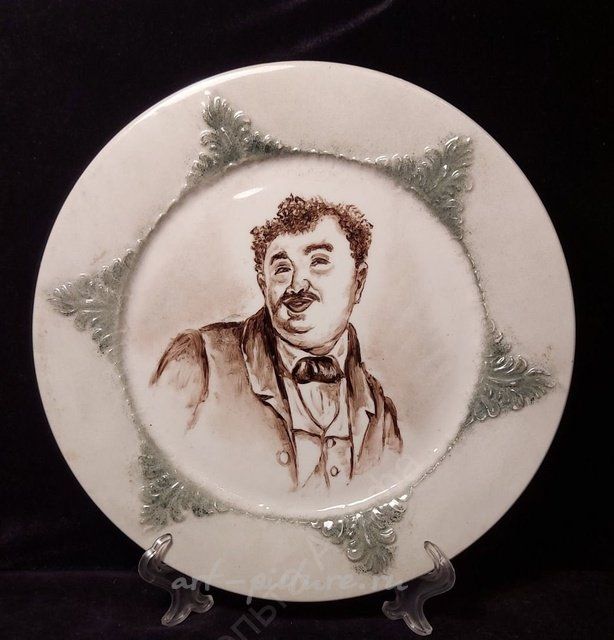
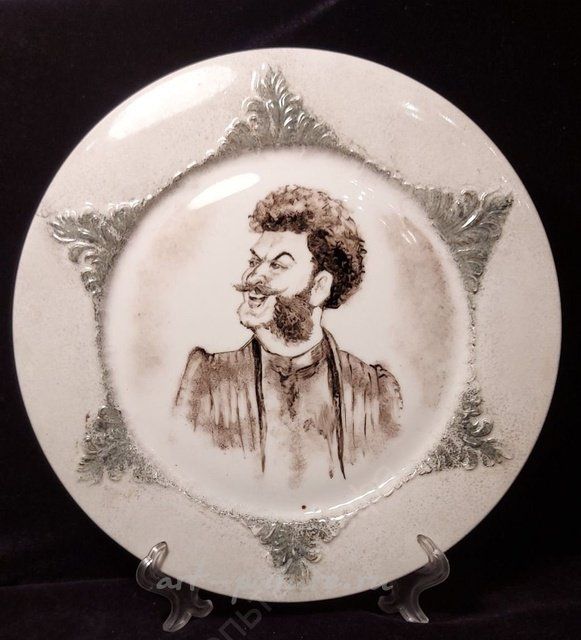
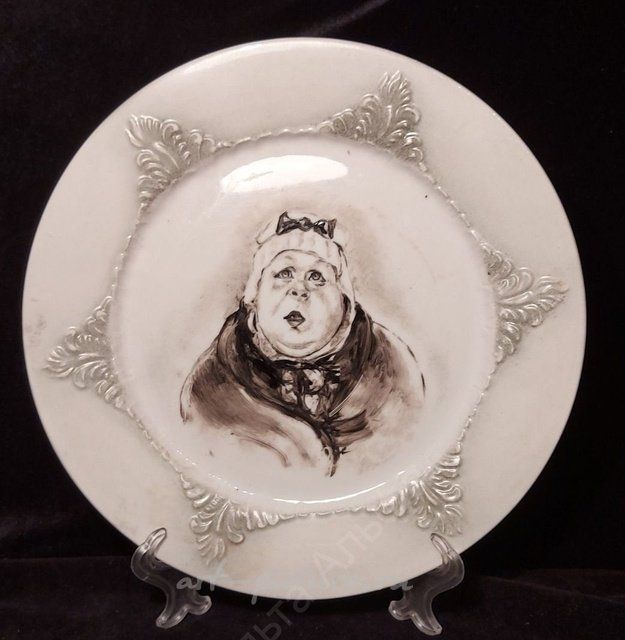
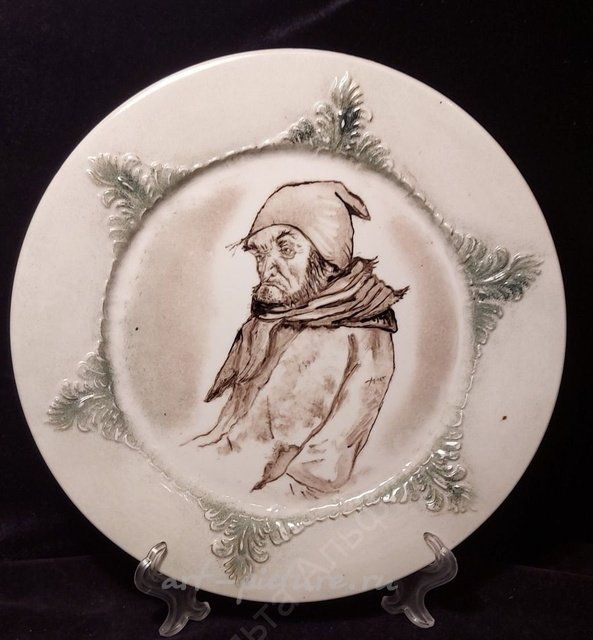
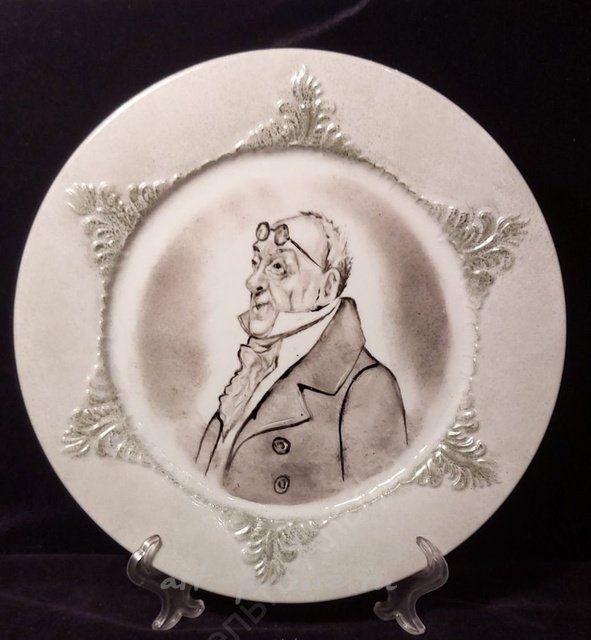
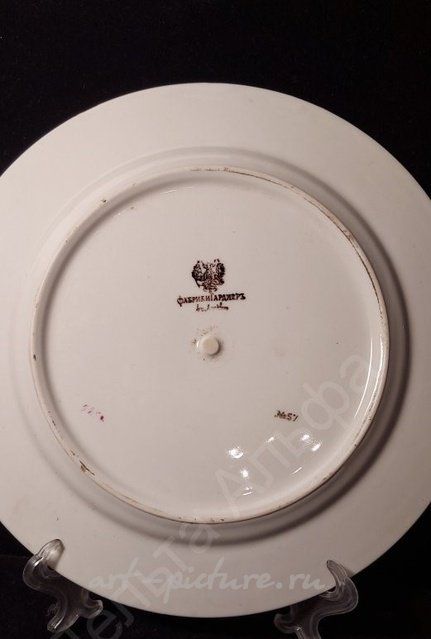
Гоголь серия: "Знакомые всё лица"... Гоголевские типы Боклевского на декоративном фарфоре. Иллюстрирование произведений Гоголя стало делом всей жизни выдающегося русского художника-иллюстратора Петра Михайловича Боклевского (1816–1897). В 1858 году появился первый альбом иллюстраций к «Ревизору», а в 1863 - «Бюрократический катехизис» - новый вариант рисунков к этой же комедии. Самой большой любовью среди произведений Гоголя у Боклевского пользовались «Мертвые души». Это была настольная книга художника. В 1875 году вышел в свет «Альбом гоголевских типов», состоящий из 23 акварельных портретов, которые были воспроизведены в технике ксилографии. Гротескные характеристики литературных героев, точность психологических портретных изображений, их соответствие гоголевским описаниям принесли автору большую популярность. Она проявилась в многочисленных переизданиях альбома и перепечатке его в журналах, на открытках, а также повлекла за собой использование его типажей при создании серий настенных фарфоровых тарелок и блюд. Графический язык портретных изображений был переработан для декорирования фарфора. К 50-летию со дня смерти (1902) и 100-летию со дня рождения (1909) Н. В. Гоголя портреты, созданных им персонажей в исполнении Боклевского, были воспроизведены на декоративных тарелках разного диаметра, выпущенных на фарфоровой фабрике Гарднера. Популярность серии была чрезвычайно велика. Сегодня нам сложно представить, что подобные «негламурные» лица составляли украшения интерьера на рубеже веков. По всей вероятности декоративные тарелки с «Мертвыми душами» выпускались не только на фабрике Гарднера, но и на мелких мастерских, учитывая разнообразие образцов по уровню воплощения от высокохудожественных экземпляров до кустарных. Портрет помещика Петра Петровича Петуха (на зеркале тарелки указан как «Петухов»), персонажа II тома поэмы «Мертвые души». На фото: Тарелка декоративная. Петр Петрович Петухов. Конец XIX - начало XX вв. Фарфор, ручная роспись, диаметр - 24 см. Фарфоровый завод Товарищества фарфоровых и фаянсовых изделий Гарднера. Тарелка с маркой фабрики Гарднера. Коллекционная серия с портретами героев произведений Гоголя - Собакевича и других персонажей Гоголя. Портрет ручной росписи. Диаметр - 24 см. Стоимость указана за 1 тарелку.
Нахождение лота
Пока нет комментариев
Оплата по договоренности
Способы оплаты уточняйте у продавца при оформлении покупки
Доставка по договоренности
Способы доставки уточняйте у продавца при оформлении покупки
Примерные расценки по России

Гарднеръ Фарфоровая фабрика мануфактура Гарднер
Описание
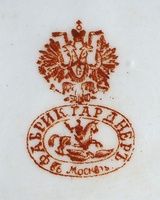
Похожие лоты
специально подобранные лоты